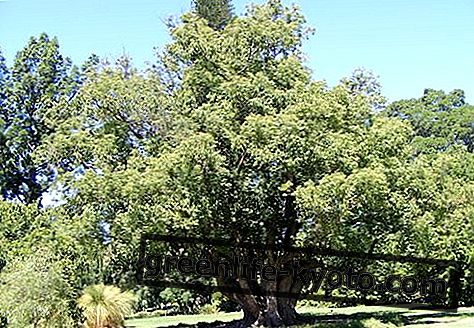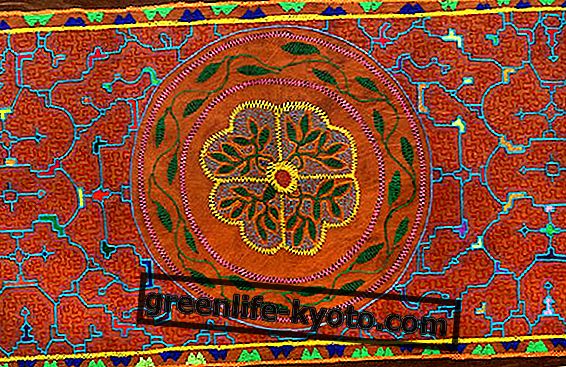Camphor is a terpene extracted from the camphor tree with an antiseptic action and useful in the treatment of inflammation and neuralgia. Let's find out better.
Camphor tree

What is camphor
Camphor is a terpene extracted from the tree of the same name, Cinnamomum camphora (L.) Presl. Camphor is present in the essential oil extracted from the oil-rich idioblasts contained in the various tissues of the plant, but which are particularly abundant in the trunk and root wood .
Camphor is extracted from the wood of roots, trunk and branches of trees 50-60 years old. The steam distillation of the fragmented wood leads to the extraction of the essential oil which, by cooling, forms rosy or greyish crystalline granules.
Today, given the excessive cost due to the use of ancient trees, the leaves are also used.
Camphor is very useful in phytotherapy due to its anti-inflammatory action on the musculoskeletal and respiratory system .
Where is the camphor
From the book The Thousand and One Nights we read: "From here we headed to the island of Rohat where camphor trees grow to such a height that 100 men could easily find shelter under only one of them".
The camphor tree is really a huge tree. In the forests of East Asia, where it grows wild, it can reach heights of 40 m and extend over a width of 5 m. The leaves are alternate, persistent, petiolate, with an oval flap attenuated at both ends, or acute or sharp at the apex and sub-optic at the base, coriaceous, with three well-marked main veins.
The flowers are small, whitish, arranged in pauciflora axillary peaks. The fruit is a small ovoid drupe, smooth, purple or purple when ripe.
Not only the camphor tree, but also other plants can develop variable concentrations of this terpene. Rosemary essential oil, for example, can be extracted from some plants which, due to pedo-climatic conditions, develop high concentrations of camphor. The essential oil of rosemary chemotype camphor is used for the treatment of musculoskeletal inflammations, on a par with essential camphor oil.
You can learn more about the properties, use and contraindications of camphor essential oil
Properties of camphor
Everyone knows the antiseptic and antiparasitic properties of camphor, so much so that it is customary to use the same to protect clothing. Several studies have also been conducted on the repellent action of camphor against parasites, fungi and insects and, therefore, on the its possible use in the food industry .
Camphor has proved useful for preserving seeds from the attack of pests and insects; another action is directed against toxigenic fungi, where camphor acts by blocking their growth.
Camphor is present on the market especially in the form of oils, ointments and creams for topical applications.
Camphor, for external use, is used for the treatment of inflammatory problems. Applied on the skin it is able to draw blood; this rubefacient action is useful in the treatment of neuralgia, inflammation, sprains, rheumatism, cramps and muscle pains .
Moreover camphor also acts effectively in the treatment of febrile stages and bronchitis . Camphor lowers normal body temperature by little or nothing, but much feverish. Camphor has shown a good antibacterial and antifungal action.
For internal use it is rarely used as a cardiotonic or as a remedy for cough . Camphor is one of the best remedies for heart and circulation.
Contraindications
For external use and at the maximum recommended doses the camphor does not give adverse reactions, unless the person is not sensitive to this active ingredient.
Camphor poisoning is very rare and in any case the symptoms are short-lived; in severe poisoning there is nausea, vomiting, dizziness, visual disturbances, impulsive movements, delirium, loss of consciousness.












